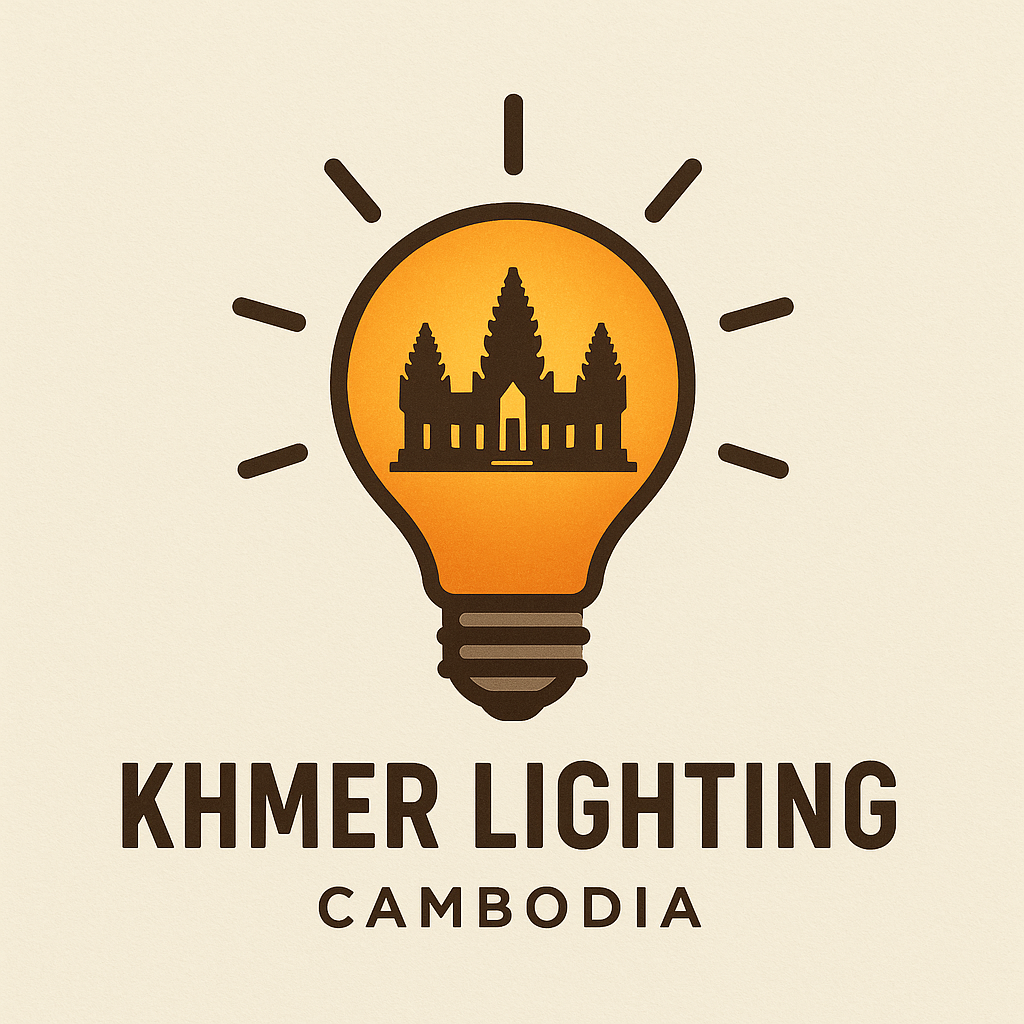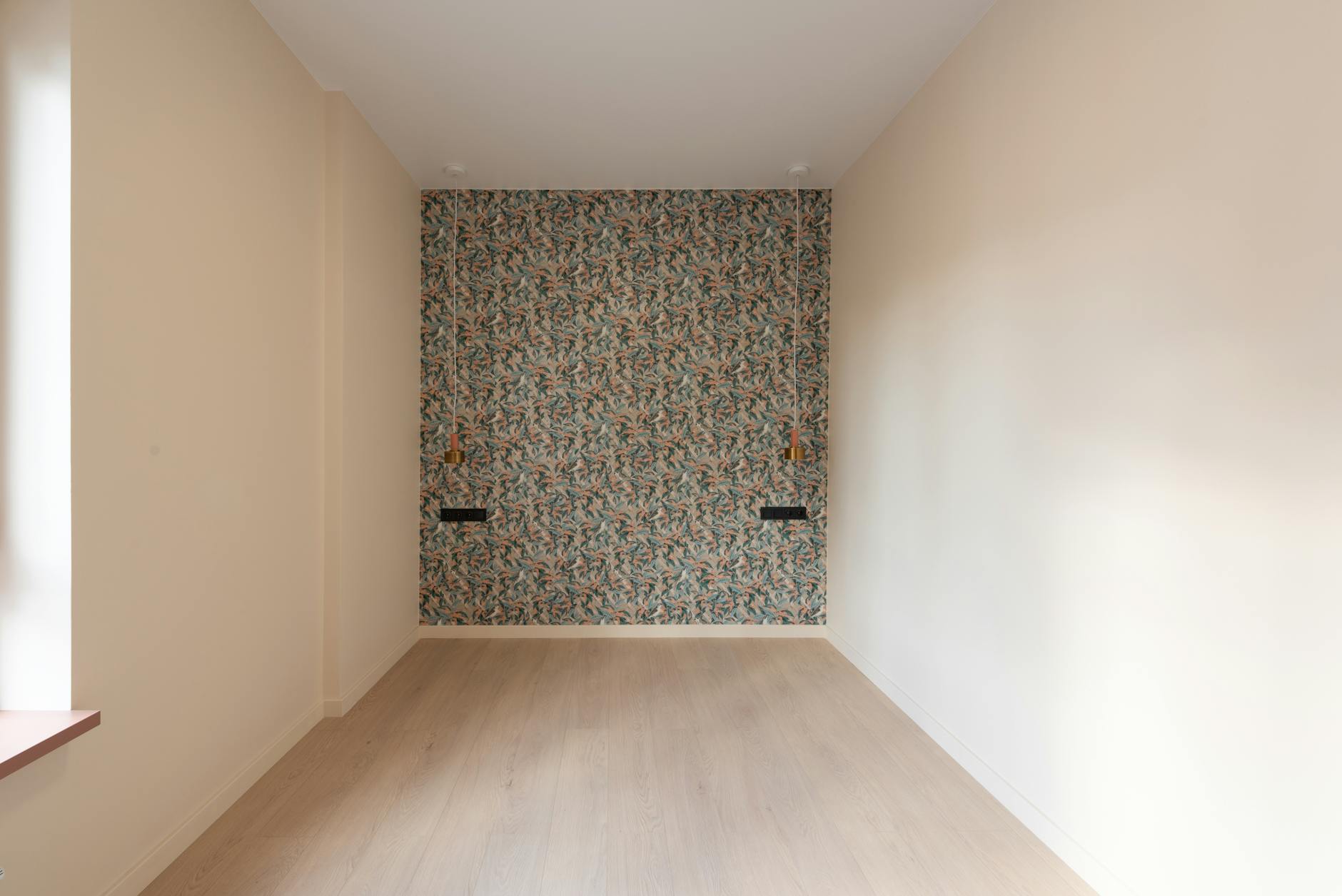Light is much more than just what allows us to see the world around us. It carries with it a hidden language — a complex, fascinating system of communication that has intrigued scientists, artists, and philosophers for centuries. This secret language of light is encoded in its colors, intensities, and patterns, and understanding it can unlock new ways of perceiving and interacting with our environment.

The Basics: What Is the Language of Light?
At its core, the language of light refers to how light waves convey information. Light travels in electromagnetic waves, and variations in these waves carry different messages. For example, the colors we see are due to different wavelengths of light. Red light has a longer wavelength, while blue light has a shorter one. These differences are not just visual cues; they can influence mood, behavior, and biological processes.
Colors Speak Volumes
Every color has its own “meaning” or effect:
- Red: Often associated with energy, passion, and urgency. In nature, red can signal danger or attract attention.
- Blue: Calming and serene, blue light can lower stress and promote relaxation.
- Green: The color of growth and harmony, it is often linked to balance and renewal.
- Yellow: Bright and cheerful, yellow can invoke happiness and stimulate mental activity.
These associations are not just cultural but rooted in how our brains interpret light signals.
Patterns and Pulses: The Rhythm of Light
Light doesn’t just communicate through color; its patterns and rhythms also tell stories. Think of fireflies blinking in the night or the flickering of a candle flame. These patterns can signal warnings, attract mates, or synchronize group behaviors in animals.
In modern technology, we use light pulses to transmit data — fiber optic cables send billions of light pulses every second, each pulse representing bits of information. This is light’s language at its most technical and precise.
Light in Human Communication and Art
Humans have long harnessed the language of light in art and communication:
- Stained Glass: Uses color and light to tell religious stories and evoke spiritual feelings.
- Photography and Cinema: Manipulate light to create mood, highlight emotions, and tell narratives.
- Light Therapy: Uses specific wavelengths to treat medical conditions and improve mental health.
These examples show how understanding light’s language can enhance human experience in profound ways.
The Future: Decoding Light’s Secrets
Scientists are constantly discovering new layers of light’s language. From quantum communication, where light particles called photons carry encrypted information, to bioluminescence research that reveals how organisms use light to survive, the potential is vast.
As we continue to decode the secret language of light, we open doors to innovations in medicine, communication, art, and environmental science.
Conclusion
Light is not just a physical phenomenon; it is a rich, vibrant language that communicates through color, intensity, and rhythm. By learning to read and interpret this language, we deepen our connection to the world and unlock new possibilities for innovation and creativity. The secret language of light is all around us — waiting to be understood.
Explore the light in your life and see what stories it’s trying to tell. The conversation has just begun.




